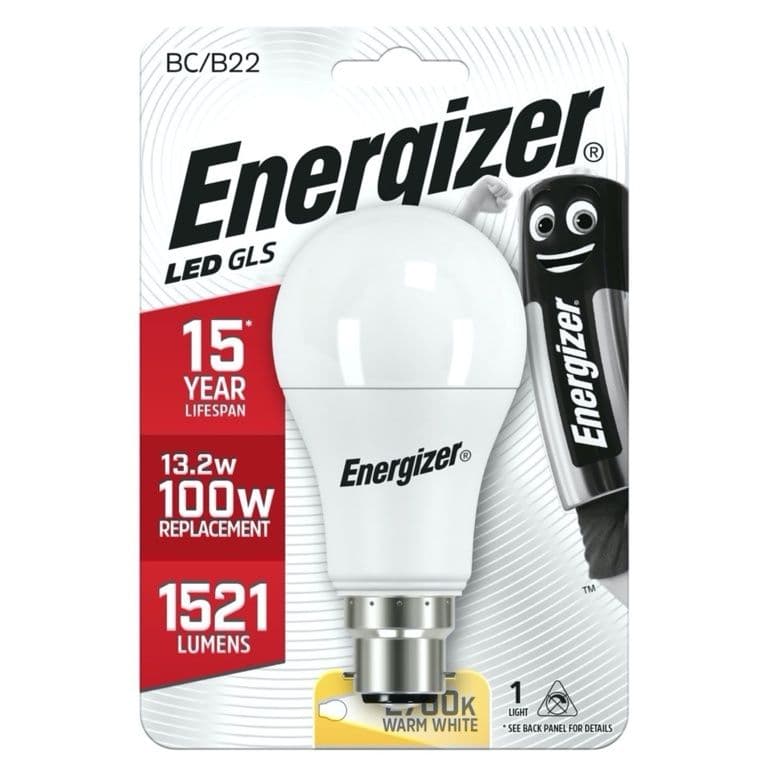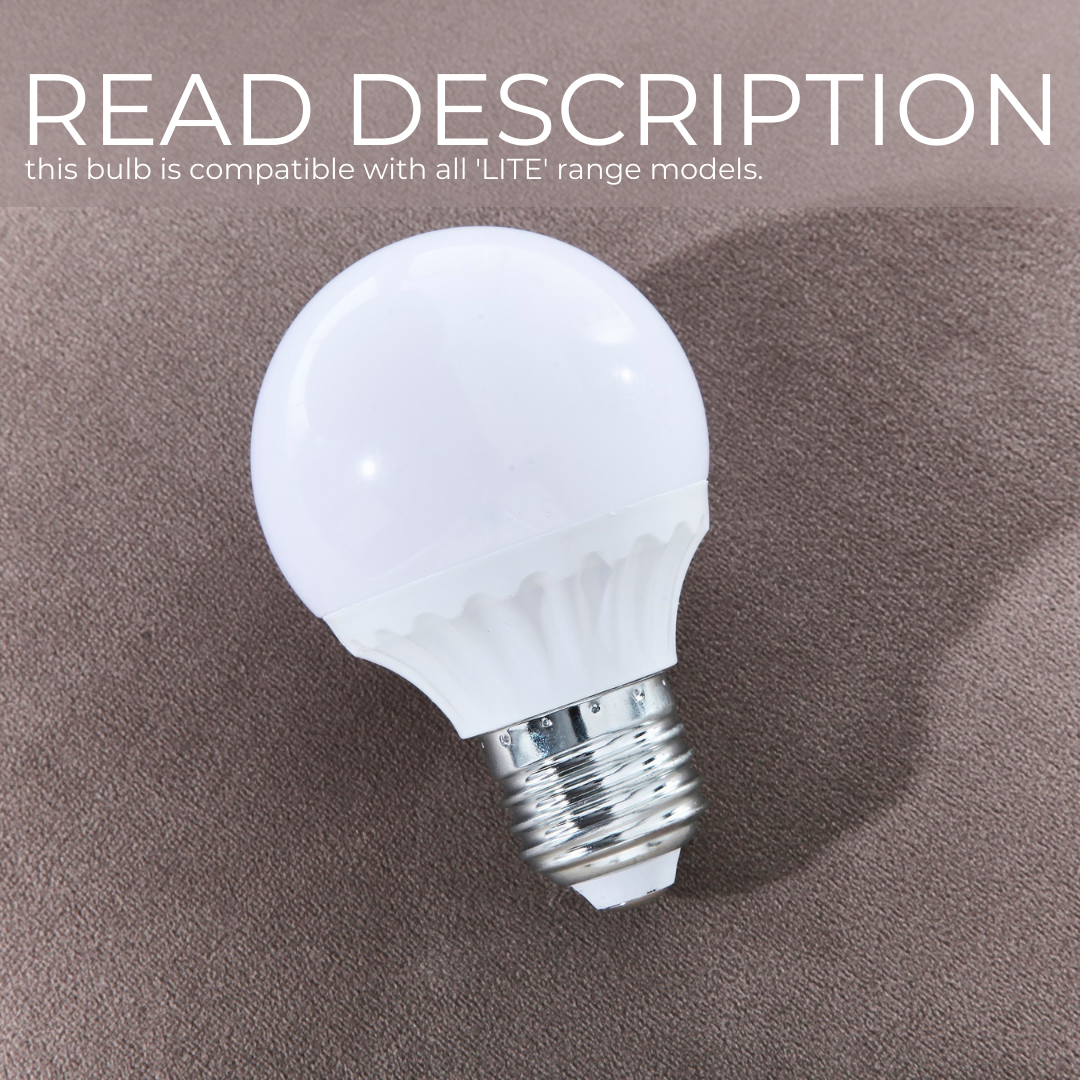

These codes combine two lighting specifications into one: colour rendition and colour temperature.
#LED WARM LIGHT RANGE CODE#
The International Colour Temperature CodeĬolour temperature is also specified with another code like 830, 840 or 965.

The same rule applies if you’re comparing two different products. Therefore, if you’re trying to match or replace a specific colour temperature, it's best to ignore the descriptive words and look at the kelvin number. Yet, the exact same colour temperature in fixtures is routinely described as 'neutral white'.Ĭlick here to see our most popular LED lights. For example, we have noticed that Philips describes 4000K bulbs as 'cool white'. There is even some variation within one brand.

One brand's 5000K could be described as 'daylight', whereas another could refer to the same colour temperature as 'cool white'. To avoid all this confusion, you should focus on the numbers, not the words. It's no wonder why so many people find themselves purchasing the opposite colour temperature light to what they had in mind! Use The Colour Temperature Numbers This is despite the fact that the source temperature (remember the 'black body radiation' from earlier) is most definitely 'warmer' at 6000K than it is at 3000K. The lower the colour temperature, the 'warmer' the colour. The higher the colour temperature on the Kelvin Scale, the 'cooler' the colour. Somewhat confusingly, the way we describe colour temperature is the opposite of actual temperature. Examples modified from Wikipedia.Ĭolour Temperature Words ≠ Actual Temperature Reality Note: terminology and actual correlated colour temperature vary extensively. Neutral white or cool white fluorescent tubesĬool daylight fluorescent tubes, overcast Warm white compact fluorescent and LED globes Soft white compact fluorescent and LED lamps Match flame, low-pressure sodium lamps (orange streetlights) For this reason, you will often see it labelled as CCT in lighting specifications.Ĭolour temperature chart and examples. Note: the technical term is Correlated Colour Temperature (CCT). In between, there are a wide range of colour codes and an even more comprehensive range of words used to describe them. The Colour Temperature Scaleįor most LED lights, colour temperature ranges from 2000K candlelight to 6500K cool white. The image below provides a quick reference or guide to some common colour temperatures.Ģ000K vs 3000K vs 4000K vs 5000K vs 6000K colour temperature. Colour Temperature Guide - 2000K vs 3000K vs 4000K vs 5000K vs 6000K Light Some familiar examples to explain the technical underpinnings of 'colour temperature'. The light emitted at this temperature is an intense orange or red 'warm white' glow.

Colour temperature is a technical characteristic of light sources such as LED lighting.Ĭolour temperature is expressed as a four-digit number in the unit kelvin, a measure of absolute temperature, using the symbol K.


 0 kommentar(er)
0 kommentar(er)
